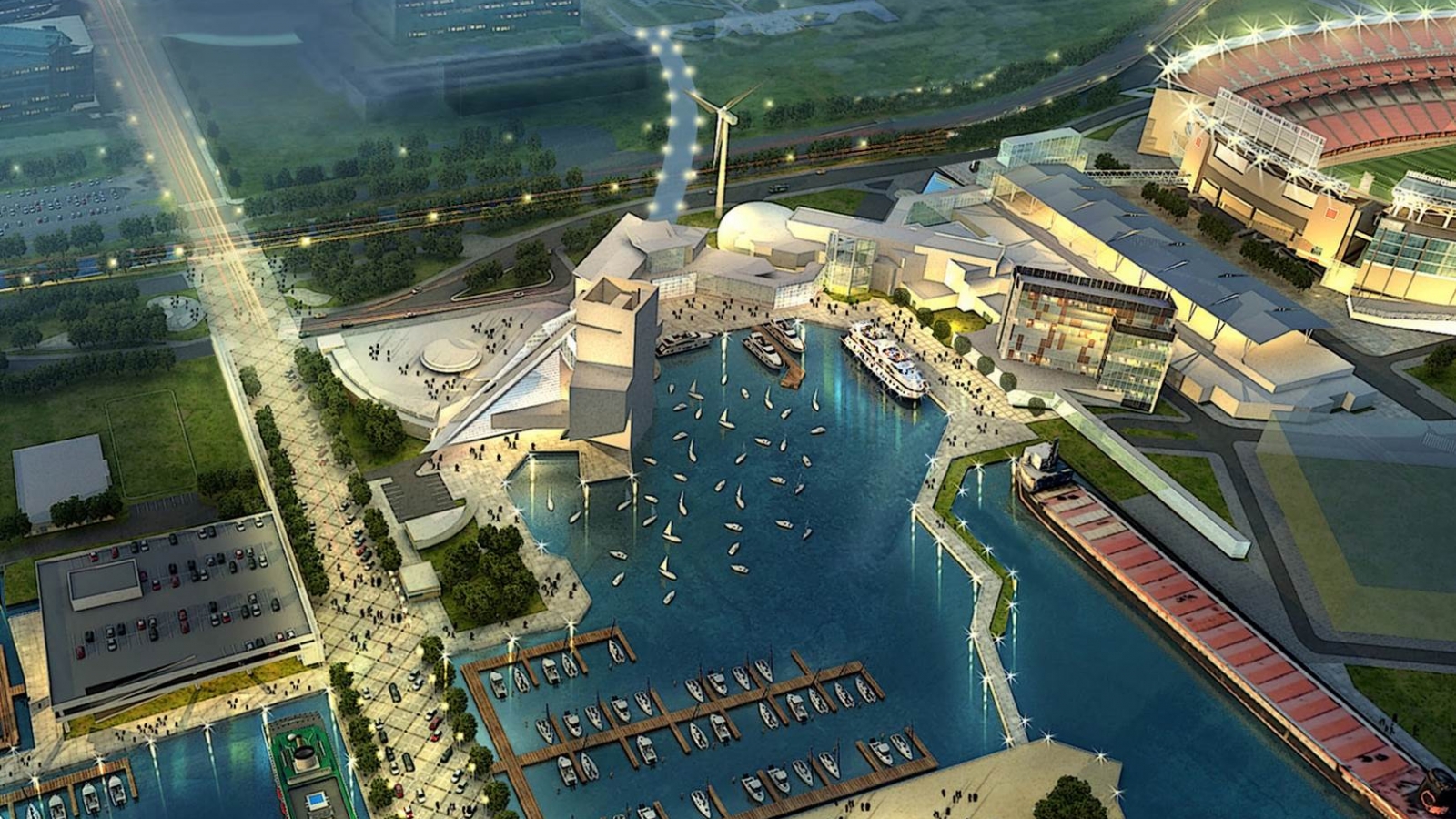
SB Friedman developed a comprehensive business plan, tested for market and economic feasibility, for refining and implementing the City’s waterfront development plan for North Coast Harbor (NCH) and the Burke Development District (BKL), as contemplated by the architectural firm EE&K.
EE&K’s plan envisioned a mixed-use redevelopment of the waterfront, including restaurants, retail, office, and entertainment and hotel development along the Lake Erie coastline in Downtown Cleveland. SB Friedman’s work included the following:
- Testing the market and economic feasibility of the proposed BKL office plan;
- Analyzing the market potential for an NCH hotel, retail and restaurant arcade adjacent to the existing museums and restaurants along Erie Pier;
- Developing market-supportable development programs for North Coast Harbor and Burke Development District;
- Identifying site and management issues that will affect lakefront development potential and advising on development strategy;
- Identifying critical infrastructure components required to attract private development to the lakefront; and
- Projecting TIF revenue available for infrastructure components based on the NCH and BKL development programs outlined in earlier work.
Results: Our analysis showed that office and retail development on the Cleveland waterfront was market-feasible. We identified critical infrastructure components and projected initial TIF increment, which indicated that certain components could be financed with TIF proceeds. The City of Cleveland selected a lakefront developer in 2014, following an RFQ/P process. The developer has since completed a restaurant on the site. An apartment building north of the Rock and Roll Hall of Fame and Museum is under construction and a third development is expected to be announced in summer 2018.
In a second engagement led by Leo A Daly in 2015, SB Friedman analyzed the market potential for a destination restaurant on Burke Lakefront Airport land on the waterfront. Interviews with restaurateurs confirmed our findings that the concept was feasible and desirable. We also analyzed the financial feasibility of the Airport to undertake substantial terminal reinvestment and lease terminal space to private entities, as compared to deferring maintenance.
Results: The Airport ultimately opted to not move forward due to lack of funding for the project.